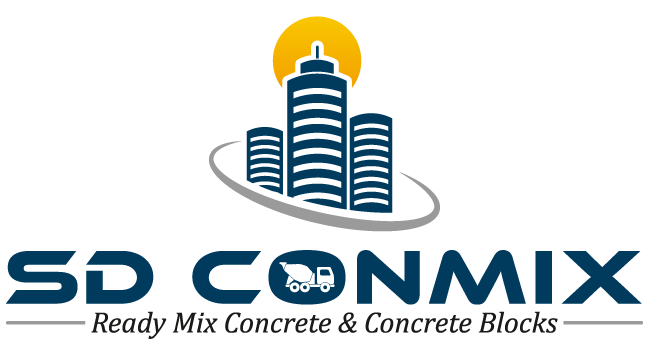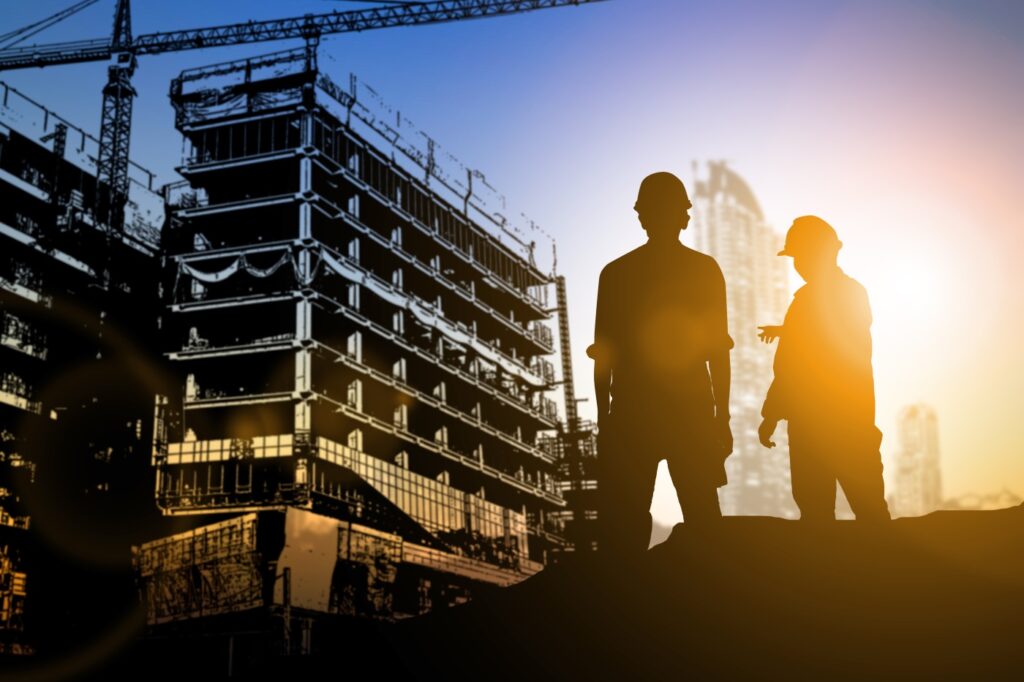Introduction
RMC stands for Ready-mix Concrete, and it’s one of the most popular construction materials in the world today. Ready-mix concrete is made by mixing cement and sand with water and aggregates in a factory. It’s then trucked to the construction site in a mixer that’s mounted on a truck.
RMC’s popularity has skyrocketed in recent years, and there’s no reason why it won’t continue to grow in the future. Compared to traditional concrete, RMC has several key advantages over it, including higher quality, consistency, durability, and speed of construction.
Current trends & development
Urbanization: As the world continues to urbanize, most of the world’s population is living in urban areas. This has increased construction activity, particularly in developing countries where infrastructure development and residential and commercial spaces need to be developed. RMC has become the preferred option for large-scale construction projects, including high-rises, bridges, aerodromes and roads, as it is efficient and consistent. Residential housing demand in India has increased rapidly due to urbanization and increasing household income.
Infrastructure development: Governments around the world are putting a lot of money into infrastructure development to improve the standard of living and attract foreign investments. RMC is very important in infrastructure projects such as Railways, Ports, Water Supply, and Sewage systems. RMC is very strong, durable, and eco-friendly, which is why there is a growing demand for it in infrastructure development.
Quality and Safety Standards: Manufactured in a controlled environment, RMC is subject to rigorous testing to ensure uniformity and quality. In recent years, the construction industry has been subject to more stringent quality and safety regulations. This has increased the demand for RMC amongst builders and developers. RMC reduces the chances of accidents and improves the structural integrity of the building.
Future of RMC
In the RMC industry, technological advances are taking place that is expected to enhance the quality and productivity of the production process. For example, sensors, drones and IoT devices are being used more and more in the RMC production process, as they allow for real-time analysis and monitoring of the manufacturing processes. This will lead to higher quality, quicker production, and lower costs.
The construction industry is increasingly looking for ways to reduce the impact of buildings and infrastructure on the environment. Sustainable RMC offers several sustainable advantages, such as:
Reducing the need for mixing on-site;
Reducing carbon emissions;
Reducing waste;
These are just a few of the sustainable benefits of RMC, and they are expected to be at the forefront of the RMC market in the coming years.
Emerging markets: Urbanization and infrastructure development in emerging markets including India, are driving the demand for RMC. These markets have huge potential for RMC manufacturers as they require large quantities of construction materials such as RMC. The demand for RMC will continue to grow in these emerging markets.
Conclusion
The construction industry is seeing a surge in demand for RMC due to several factors such as urbanization, the development of infrastructure and quality and safety requirements. Technological innovation, sustainability and emerging markets are driving the growth of the RMC market. As the prime manufacturer and supplier of RMC, SD conmix updates with the latest trends and invests in R&D to stay ahead of the competition.

